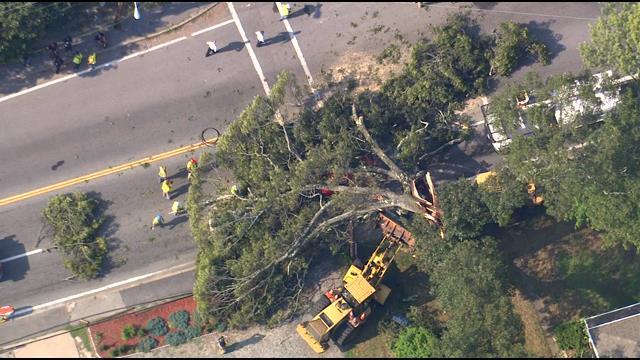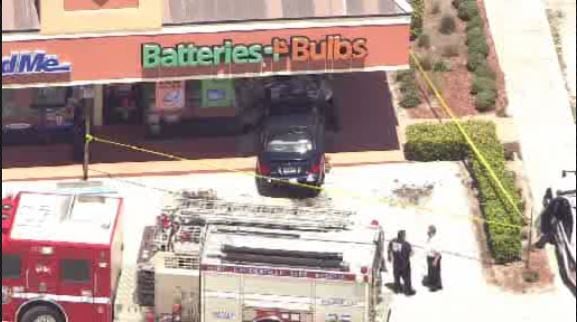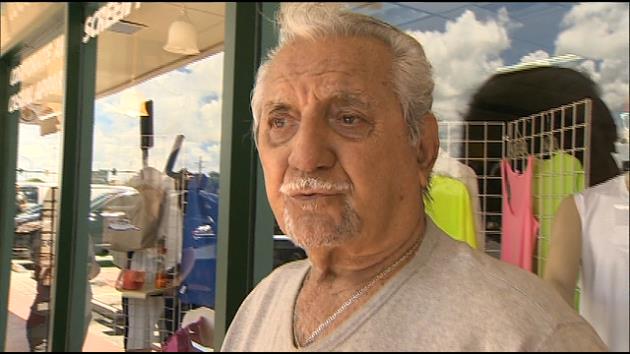
The crash scene. Staff photo by Tim Chesnut

Sharon Shockey/Contributed
By Breaking News Staff
A former coach for the University of Dayton’s men and women basketball teams is facing two counts of aggravated vehicular homicide following a fatal crash in April.
Paul Ivkovich, former strength and conditioning coach at UD, was involved in a crash on East Third Street in the early morning hours of April 30. Sharon Shockey, 48, of Kettering, died at the hospital following the crash.
At the time of the crash, police said alcohol was suspected.
UD officials said Ivkovich resigned earlier this year.
////////////////////---------------------///
Driver involved in fatal crash is UD strength coach
By News Staff
UPDATE @11:40 a.m.
The driver of a car involved in a fatal crash early this morning has been identified as Paul Ivkovich, the head Strength and Conditioning Coach for University of Dayton’s men and women’s basketball teams.
Dayton police Sgt. Clarence West said alcohol is suspected in the crash. Police said Ivkovich could face a charge of aggravated vehicular homicide once he is released from the hospital.
“It’s a tragedy and our thoughts and prayers are with those involved and their families,” said UD officials in a statement.
The woman killed in the crash has been identified as Sharon Shockey, 48, of Kettering. The victim is also known as Sharon Crawford, according to the coroner’s Office.
The coroner’s office has completed Shockey’s autopsy, but results are not available.
FIRST REPORT
A woman was killed early this morning when the car she was riding in hit the concrete pillars of a train overpass on East Third Street.
Police are on the scene investigating after the crash happened between Keowee and Webster streets around 2:30 a.m.
The 35-year-old man driving and the 44-year-old woman passenger were rushed to Miami Valley Hospital. She was pronounced dead at the hospital, according to police. The man was conscious and talking to officers there, according to Dayton police Sgt. Clarence West.
West said alcohol is suspected. Police are also investigating whether speed was a factor.
The car was headed westbound on Third toward downtown. The road has re-opened since the crash.





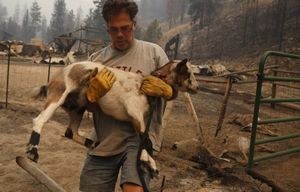
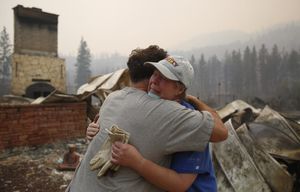

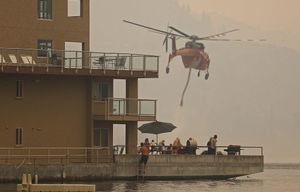
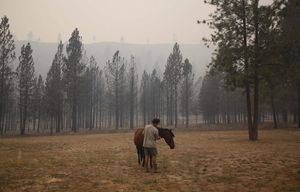
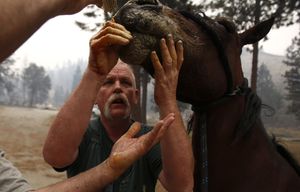
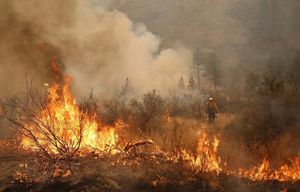
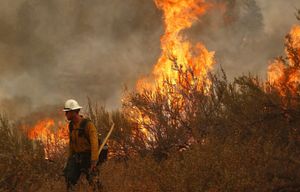
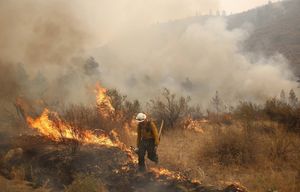
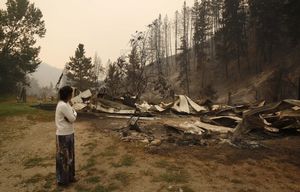
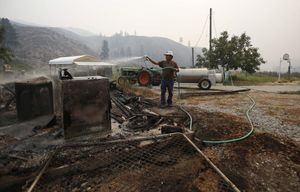
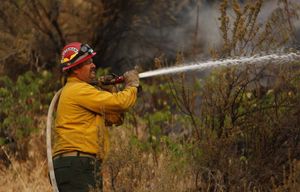
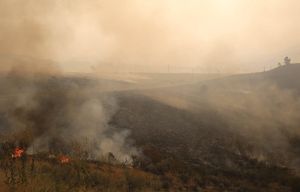
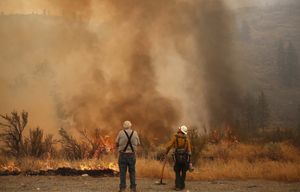
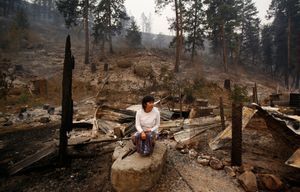
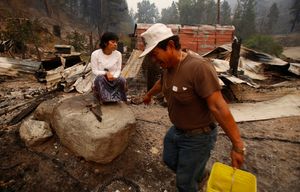
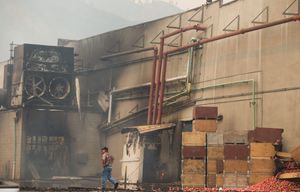

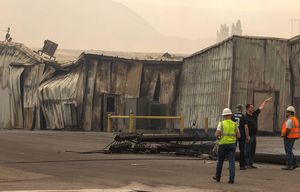

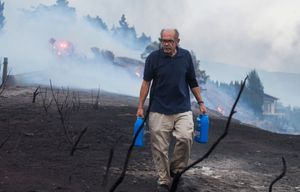
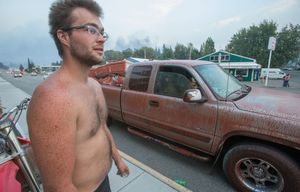

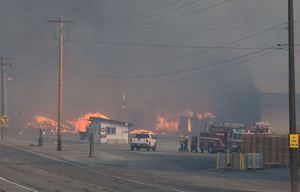
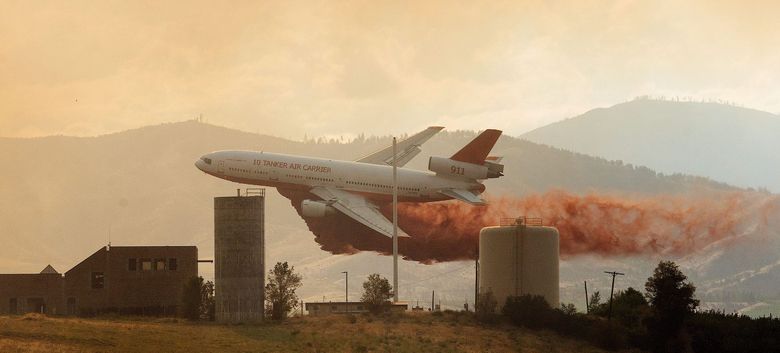
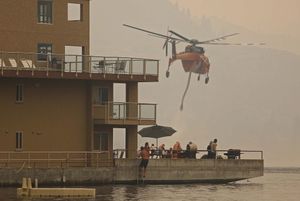
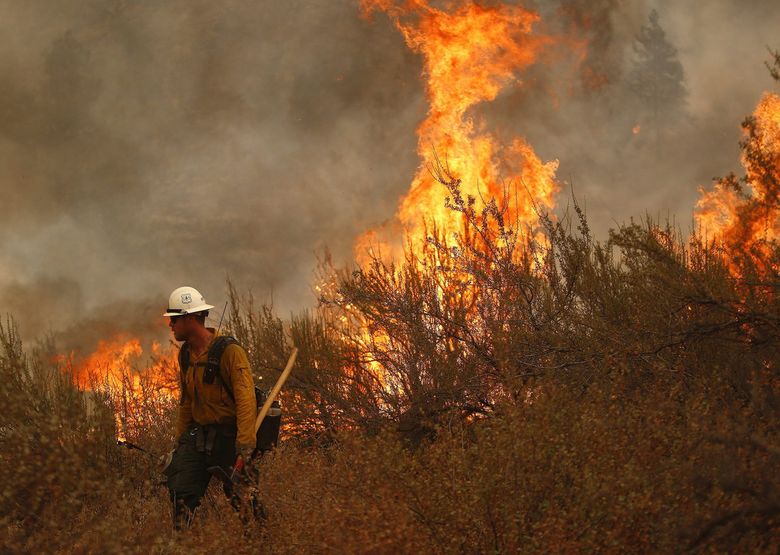
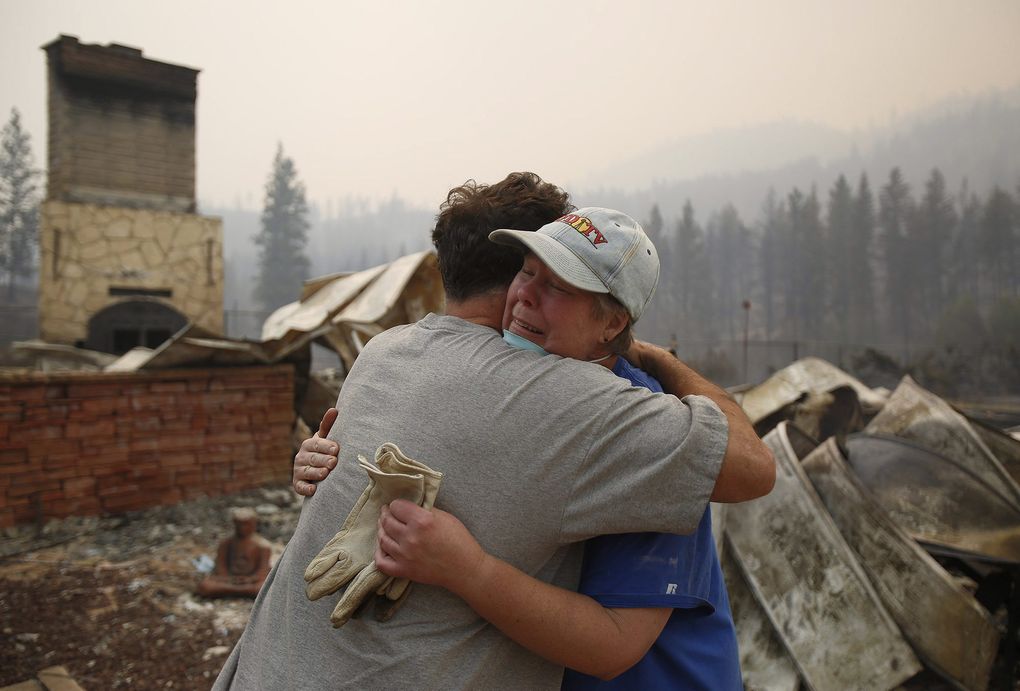 Cindy Aston Coonfield hugs her neighbor, Todd Quinn, after she lost her childhood home in the wildfire. (Sy Bean / The Seattle Times)
Cindy Aston Coonfield hugs her neighbor, Todd Quinn, after she lost her childhood home in the wildfire. (Sy Bean / The Seattle Times) 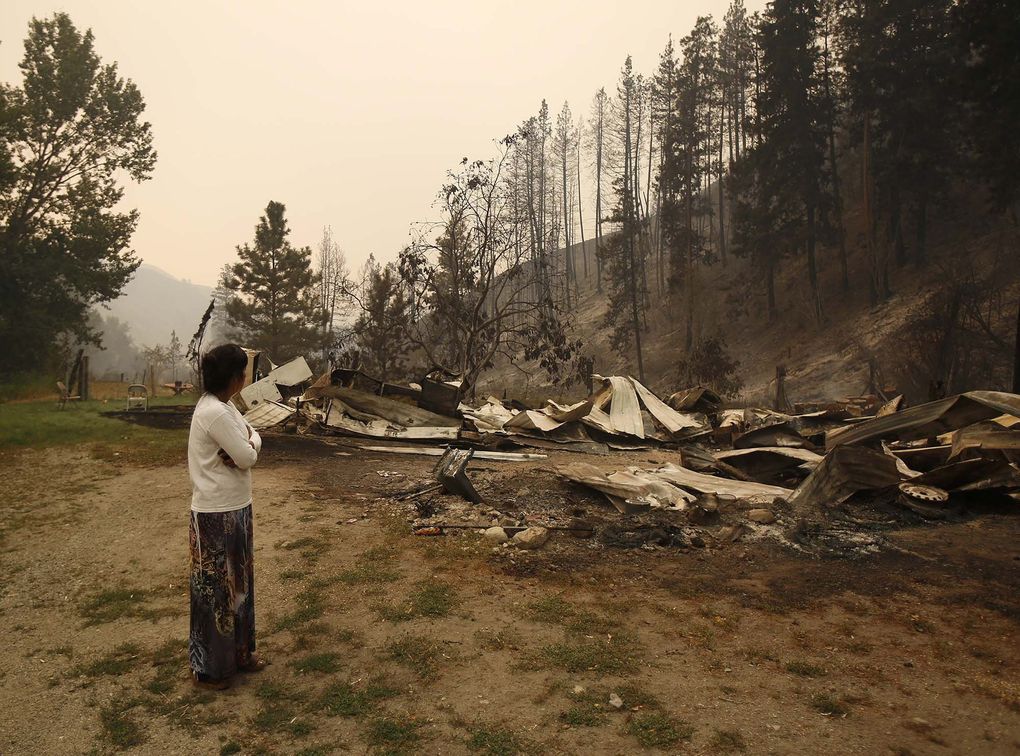 Sandra Gomez looks at what remains of her home Saturday after wildfire swept through Antoine Creek. (Sy Bean / The Seattle Times)
Sandra Gomez looks at what remains of her home Saturday after wildfire swept through Antoine Creek. (Sy Bean / The Seattle Times) 



